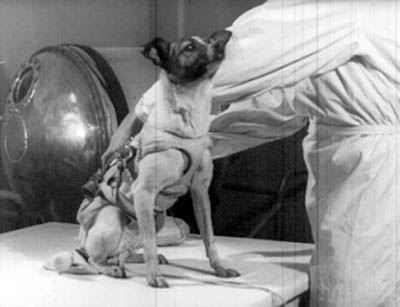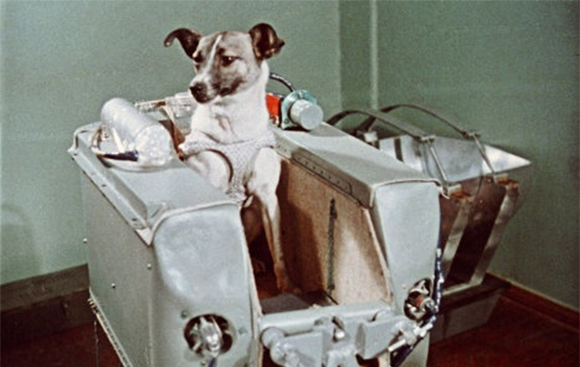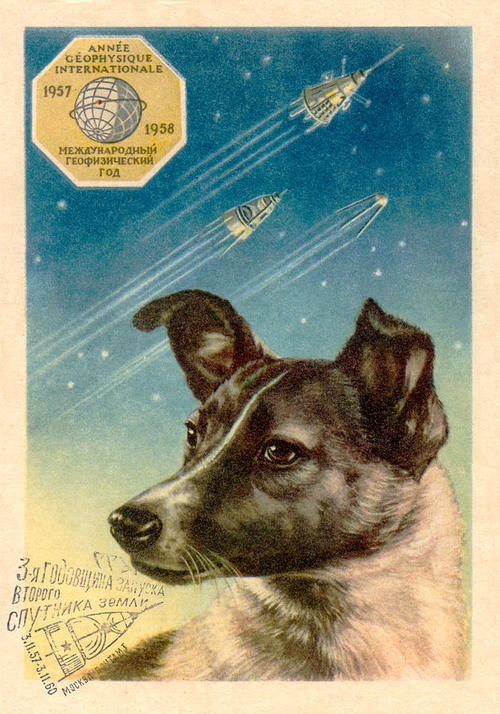Marching Belgian Carabiniers leading their dog-drawn machine gun carts towards the front line during the German invasion of Belgium; ca. 1914
“Marching toward the camera, and shot from a low angle, these Belgian Carabiniers are given a powerful sense of purpose by the photographer. Clean uniforms and neat formation say the soldiers have not come from battle.
These are the early days of WWI and Belgium has been invaded by the Germans in a surprise move. The Germans, 600,000 strong, were confident against the small Belgian Army of around 117,000, who were ill-equipped and poorly trained.
Yet the Belgians fought bravely in and around their fortifications in the Liège area. They held up the German advance for ten days before withdrawing on 16 August, when the Liège system finally fell. This delay would prove crucial to the French forces’ ability to re-organise and oppose the German push through Belgium into France.
King Albert I had ordered his Army to retreat to the ‘National Redoubt’ at Antwerp, consisting of over 40 forts and several lines of defence. Our Carabiniers are part of the force sent forward to cover that retreat by confronting the advancing Germans.
Marching out of the foggy background, the Carabiniers, with their Tyrolean hats and dog-drawn heavy machine-gun, look as if they are striding out of the past into the light of 20th century warfare. Almost like gentlemen in top hats taking their dogs for a walk.
The traditional dress of the Carabiniers, a light-infantry unit, was a tunic and greatcoat of a green so dark that the German nickname for them was the ‘black devils’. Many new recruits, however, were given a greatcoat of the more usual Belgian Army dark blue because of the chaotic supply situation. Despite their old-fashioned uniforms, their machine-guns were effective enough, though both soldier and dog were to pay a high price.
Although the main German forces bypassed Antwerp, four divisions had to be diverted to contain the Belgian forces there, further weakening the thrust into France. Antwerp did not fall until 9 October.”
Laika (c. 1954 – November 3, 1957) was a Soviet space dog who became one of the first animals in space, and the first animal to orbit the Earth.
Laika was a stray dog, originally named Kudryavka (Russian: Кудрявка Little Curly); she underwent training with two other dogs, and was eventually chosen as the occupant of the Soviet spacecraft Sputnik 2 that was launched into outer space on November 3, 1957, (becoming the first dog in space, to orbit the Earth, and was also the first animal to die in space.) The Soviets designed the spacecraft knowing she would not survive. One Soviet scientist took her home to play with his children because he said “I wanted to do something nice for her. She had so little time left to live.” Laika likely died within hours after launch from overheating, possibly caused by a failure of the central R-7 sustainer to separate from the payload. The true cause and time of her death was not made public until 2002; instead, it was widely reported that she died when her oxygen ran out on day six, or as Soviet government initially claimed, she was euthanized prior to oxygen depletion.
As a kid who was very into rockets and airplanes I remember being told about her (mind you, I wasn’t born until the cold war was ending), but in my childish innocence I assumed she came back okay.
Here’s a statement made by Oleg Gazenko, one of the Sputnik scientists:
“Work with animals is a source of suffering to all of us. We treat them like babies who cannot speak. The more time passes, the more I’m sorry about it. We shouldn’t have done it… We did not learn enough from this mission to justify the death of the dog.”
You know what makes me (sorta) happy? They built her a window. Despite the challenges and costs of building a secure window in a pressurized capsule, they did it so the dying dog could look out.
Source here:
Gazenko speaks of the bond that grew between the dog and him as they worked toward her mission, leading us in unembroidered prose through a brief tale of preparation, hours of readiness on the launch pad, and the launch itself. But the heart of the article for me, and the part to which nothing I’ve found since makes reference, is this: Gazenko tells us that as engineers rushed against deadlines to complete the capsule that would carry the dog into space, outfitting it with equipment to record the details of her death, he took on a battle in Laika’s behalf. Against heavy objections from the decision-makers, he insisted upon the installation of a window. A window in a space capsule, where such a luxury would cause complications and expenses that I can barely imagine. A window for the dog whose monitored demise had been this man’s objective in all the interactions that had bonded her to him with the eager devotion of every well-trained working canine.
Yet Gazenko persisted and prevailed.
Roof In Peace.





